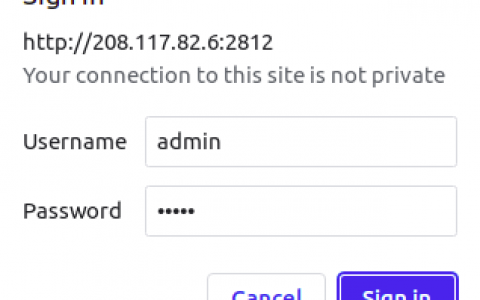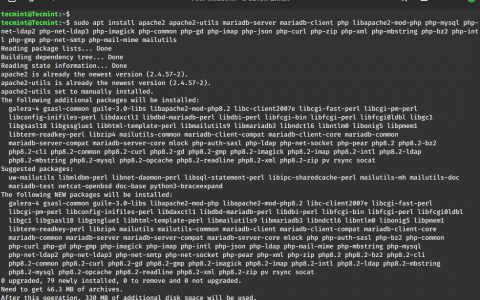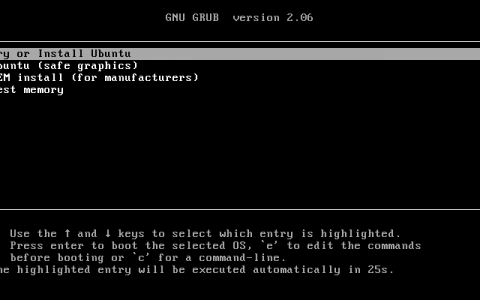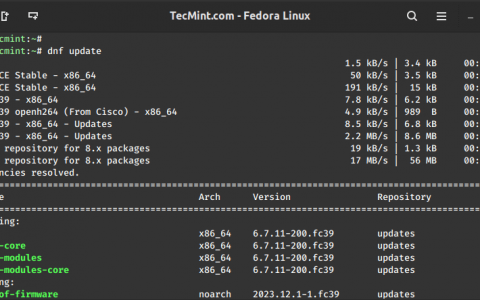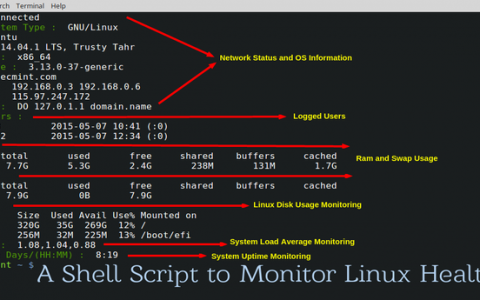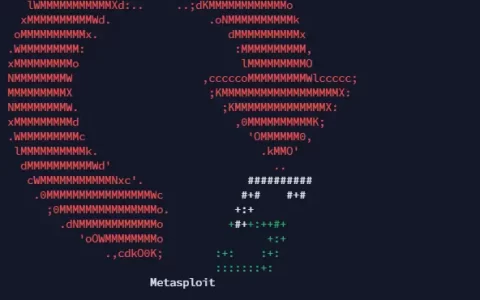使用社交帐户创建身份验证现在非常流行。
我们已经在 Laravel 中看到了使用 LinkedIn 登录和使用 Twitter 登录。
在本文中,我们将使用 OAuth 2.0 身份验证系统通过 Google 帐户登录我们的 Laravel 应用程序。
这是分步指南:
第 1 步:安装 Laravel 11
您可以使用以下命令来安装新的 Laravel项目:
composer create-project --prefer-dist laravel/laravel googlelogin
进入项目文件夹:
cd googlelogin
第2步:配置数据库
在本教程中,我使用 MySQL 数据库。
要将我们的 Laravel 应用程序连接到 MySQL 数据库,您需要修改 .env 文件。
DB_CONNECTION=mysql DB_HOST=127.0.0.1 DB_PORT=8889 DB_DATABASE=googlelogin DB_USERNAME=root DB_PASSWORD=root
第 3 步:安装 Jetstream
Jetstream 实现应用程序的登录、注册、电子邮件验证、双因素身份验证、会话管理、通过 Laravel Sanctum 的 API 以及可选的团队管理功能。
要在 Laravel 中安装 Jetstream,请使用以下命令:
composer require laravel/jetstream
安装后,您需要发布Jetstream的资产。
php artisan jetstream:install livewire
它将安装一些库并创建表和一些配置。
第四步:安装社交名流包
Socialite 是一个特殊的包,用于在 Laravel 中创建社交 OAuth 2.0 身份验证。
使用以下命令安装软件包:
composer require laravel/socialite
第 5 步:在 Google Console 上设置开发者应用程序
要创建新的 Google 开发人员应用程序,请访问以下 URL:https://console.cloud.google.com/projectcreate

创建项目后,您将被重定向到此页面:

在这里,在“OAuth同意屏幕”上,选择“外部”单选按钮,然后单击“创建”,如上图所示。
单击“CREATE”按钮后,您将必须创建一个如下图所示的应用程序:

您必须在此处填写应用程序名称和用户支持电子邮件字段。
现在,如果您向下滚动页面,您将看到开发者联系信息并在那里提供您的电子邮件 ID,如下所示:

下一步是“范围”,您可以根据您的要求添加范围。

现在,您将看到“测试用户”部分,这是可选的。

现在,请返回仪表板,因为我们的应用程序已设置。
单击以下链接转到凭据页面:https://console.cloud.google.com/apis/credentials

单击“CREATE CREDENTIALS”,然后在弹出窗口中单击“OAuth clientID”,如下图所示:

让我们创建一个 OAuth 客户端 ID,如下所示:

在下一步中,创建应用程序类型:

在这里,您必须选择“Web 应用程序”作为应用程序类型,并为您选择的应用程序命名。
如果向下滚动此页面,您将看到“授权重定向 URI”部分。 像这样填写应用程序的重定向 URI:http://localhost:8000/auth/callback

现在,您将看到实际的客户端 ID 和客户端密码,如下所示:

现在复制“Client ID”和“Client Secret”并将其粘贴到 .env 文件中,如下所示:
GOOGLE_CLIENT_ID=[your_id] GOOGLE_CLIENT_SECRET=[your_key] REDIRECT_URI=http://localhost:8000/auth/callback
现在,打开 config/services.php 文件并添加以下配置:
'google' => [
'client_id' => env('GOOGLE_CLIENT_ID'),
'client_secret' => env('GOOGLE_CLIENT_SECRET'),
'redirect' => env('REDIRECT_URI'),
],
第6步:修改users表
我们必须通过添加“google_id”列来修改数据库中的现有用户表。
php artisan make:migration add_google_id_to_users
添加这样的列:
string('google_id')->after('remember_token')->nullable()->unique();
});
}
/**
* Reverse the migrations.
*/
public function down(): void
{
Schema::table('users', function (Blueprint $table) {
$table->dropColumn('google_id');
});
}
};
运行此迁移以向用户表添加一列:
php artisan migrate
第 7 步:将 google_id 添加到 User.model 文件中
在 User.php 模型文件中,您必须将 google_id 添加到 $fillable 属性。
<?php
namespace App\Models;
// use Illuminate\Contracts\Auth\MustVerifyEmail;
use Illuminate\Database\Eloquent\Factories\HasFactory;
use Illuminate\Foundation\Auth\User as Authenticatable;
use Illuminate\Notifications\Notifiable;
use Laravel\Fortify\TwoFactorAuthenticatable;
use Laravel\Jetstream\HasProfilePhoto;
use Laravel\Sanctum\HasApiTokens;
class User extends Authenticatable
{
use HasApiTokens;
use HasFactory;
use HasProfilePhoto;
use Notifiable;
use TwoFactorAuthenticatable;
/**
* The attributes that are mass assignable.
*
* @var array
*/
protected $fillable = [
'name',
'email',
'password',
'google_id'
];
/**
* The attributes that should be hidden for serialization.
*
* @var array
*/
protected $hidden = [
'password',
'remember_token',
'two_factor_recovery_codes',
'two_factor_secret',
];
/**
* The accessors to append to the model's array form.
*
* @var array
*/
protected $appends = [
'profile_photo_url',
];
/**
* Get the attributes that should be cast.
*
* @return array
*/
protected function casts(): array
{
return [
'email_verified_at' => 'datetime',
'password' => 'hashed',
];
}
}
第8步:创建一个GoogleController
要创建控制器,请使用以下命令:
php artisan make:controller GoogleController
这个 GoogleController.php 将有两个基本功能:
- redirectToGoogle():这将重定向到 Google 应用程序进行身份验证。
- handleGoogleCallback():这将在身份验证成功后回调到我们的应用程序。
以下是 GoogleController.php 文件的完整代码:
redirect();
}
/**
* Handle Google authentication callback.
*
* @return RedirectResponse
*/
public function handleGoogleCallback(): RedirectResponse
{
try {
$googleUser = Socialite::driver('google')->user();
} catch (Throwable $e) {
return redirect()->route('login')->with('error', 'Google authentication failed.');
}
// Retrieve user from the database by google_id or create a new user
$user = User::firstOrCreate(
['google_id' => $googleUser->id],
[
'name' => $googleUser->name,
'email' => $googleUser->email,
'password' => Hash::make(Str::random(16))
]
);
// Login the user
Auth::login($user, true); // Remember the user
return redirect()->intended('dashboard');
}
}
基本上,在这段代码中,我们首先将用户重定向到 Google 应用程序,他们在其中输入电子邮件和密码。
验证后,它返回一个回调,这就是我们的回调 URI。 从那时起,我们将保存用户名、电子邮件和密码,并将用户登录到我们的应用程序中。
第9步:注册路由
在routes/web.php文件中添加以下代码:
group(function () {
Route::get('/dashboard', function () {
return view('dashboard');
})->name('dashboard');
});
Route::controller(GoogleController::class)->group(function () {
Route::get('auth/redirect', 'redirectToGoogle')->name('auth.google');
Route::get('auth/callback', 'handleGoogleCallback');
});
第10步:将登录链接添加到login.blade.php文件中
在 resources/views/auth/login.blade.php 文件中添加以下代码。
@session('status')
{{ $value }}
@endsession
@csrf
Login with Google
@if (Route::has('password.request'))
{{ __('Forgot your password?') }}
@endif
{{ __('Log in') }}
保存此文件,然后转到此 URL:http://localhost:8000/login

如果您点击“使用 Google 登录”,您将被重定向到 Google 登录页面,如下所示:

如果您提供的电子邮件和密码正确,您将被重定向到 http://localhost:8000/dashboard 页面。

这是 Github 上的完整代码。
这就是本教程的内容。
帖子浏览量:0 分享于:
克鲁纳尔·拉蒂亚
Krunal 在计算机科学领域拥有八年多的职业生涯,他的专业知识植根于坚实的实践经验基础,辅之以对知识的不断追求。
如何使用 Socialite 通过 Twitter / X 登录您的 Laravel 11 应用程序
资讯来源:由0x资讯编译自APPDIVIDEND,版权归作者Krunal Lathiya所有,未经许可,不得转载
资讯来源:由a0资讯编译自THECOINREPUBLIC。版权归作者A0资讯所有,未经许可,不得转载
ChatGPT-4o 性能经过测试
上一篇
2024年 5月 31日
曼谷世界区块链峰会
–
Bangkok
, Thailand
下一篇
2024年 5月 31日

